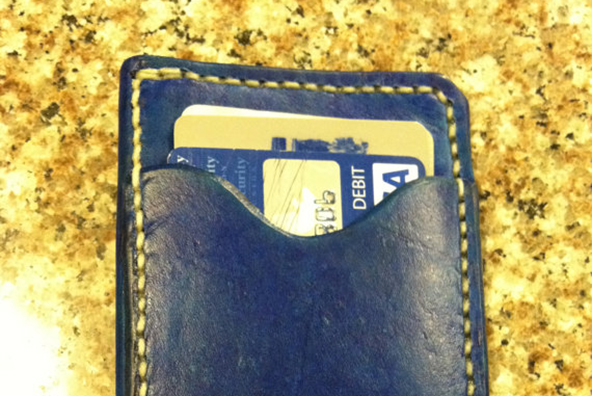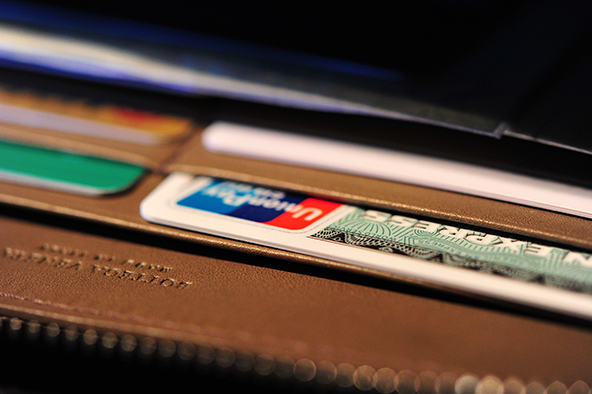21 Confusing Payment Processing Terms Defined

I’ve often seen in comments and emails payment processing terms used in a wrong context or plainly misunderstood. I’ve had the same experiences in conversations as well. The most improbable and yet incredibly persistent confusion has been the one involving the differences between credit and debit cards, on which we’ve written before. But there are many other terms that are unclear to a good number of merchants and I’ve decided to compile a short list of the most often used ones among them.
Now, the list below does not cover terms that I have no reason to believe are misunderstood, such as merchant, cardholder, card issuer, account number, card expiration date, ATM, etc. Yet, if you don’t find one that you believe should be in there, let me know in the comments below and I will add it.
21 Must-Know Payment Processing Terms
1. Acquirer. A financial institution, member of Visa and MasterCard, that enters into agreements with merchants to enable them to accept bank cards for payment. Acquirers can also be called acquiring banks.
2. Address Verification Service (AVS). AVS enables merchants that accept card-not-present transactions to compare the billing address provided by a customer with the one on file with the card issuer. AVS requests are processed simultaneously with, but separate from, the authorization requests.
3. Authorization. The process by which an issuer approves or declines a bank card transaction. In a card-present setting, authorization requests are typically processed automatically, following the swipe of a card through a card reader. In a card-not-present environment, the authorization process is typically initiated when the transaction information is key-entered into an online form and sent for approval.
4. “Call,” “Call Center” or “Issuer Referral” response. A response to an authorization request, indicating that the issuer needs more information about the transaction, before it can be approved.
5. Card security codes. The last three digits of the number printed in the signature panel or immediately to the right of it on the back of Visa, MasterCard and Discover cards and the four-digit number located above the card number on the front of American Express cards. Visa’s security codes are called Card Verification Value 2 (CVV2), MasterCard’s are called Card Verification Code 2 (CVC 2) and Discover’s and AmEx’s — Card Identification Number (CID).
6. Chargeback. The bane of many an e-commerce merchant is a transaction that is returned as a financial liability to an acquirer by a card issuer, typically because a cardholder has disputed a transaction. The acquirer then returns (“charges back”) the transaction at issue to the merchant. This is by far the most often written-about topic on this blog, and for good reason.
7. Code 10 call. A call made by a merchant to its acquirer’s authorization center when the merchant suspects that the card is invalid or that the customer is not an authorized user of the card. A Code 10 call allows an issuer to verify the validity of a suspicious card-present transaction in a way that does not arouse the customer’s suspicion.
8. Copy request. A request by an issuer to an acquirer for a copy of a sales receipt for a disputed transaction. The request can be fulfilled by the acquirer, if it stores its merchants’ receipts or, which is typically the case, by the merchant itself. Copy requests are also known as retrieval requests.
9. Electronic Commerce Indicator (ECI). A code used by e-commerce merchants and their acquirers that is entered into the appropriate fields of authorization and settlement messages to?áidentify a transaction as “e-commerce.”
10. Exception file. A list of lost, stolen, counterfeit, fraudulent or otherwise invalid card numbers maintained by merchants or their processors. Transactions, particularly the ones below the floor limit, should be checked against the exception file as part of the authorization process.
11. Fraud scoring. System of predictive fraud detection models used by payment processors to identify the highest-risk transactions in card-not-present setting that need additional verification.
12. High-risk merchant. Merchant at a high risk for chargebacks due to the nature of its business. There are way too many high-risk categories to be listed here and acquirers have different policies on working with them.
13. Mail Order / Telephone Order (MO / TO). A merchant or a sales environment in which mail or telephone sales are the primary or a major source of revenues.
14. Payment Card Industry Data Security Standard (PCI DSS). A set of mandatory security requirements to help organizations protect sensitive customer account data. PCI DSS consists of 12 basic requirements.
15. Payment gateway. A system that facilitates the authorization and clearing of e-commerce transactions. Payment gateways connect e-commerce websites with the acquirers’ processing platforms.
16. Pick-up response. A response to a card-present authorization request, instructing the merchant to cancel the transaction and recover the card. This should only be done by reasonable and peaceful means. The card should then be cut up and sent to the issuer.
17. Processor. A third-party that provides authorization, clearing and settlement services, or any combination of the three, to merchants and / or acquirers.
18. Re-presentment. A chargeback that is rejected by the acquirer and returned to the issuer on the merchant’s behalf. A chargeback can be re-presented if the merchant or its acquirer can remedy the issue that led to it.
19. Skimming. The illegal copying (“skimming“) of the account information encoded in the magnetic stripe of a bank card. The skimmed data can then be re-encoded on counterfeit cards or otherwise used in fraudulent transactions.
20. Split-tender. The use of two forms of payment (tender) for a single purchase. These are typically used to allow holders of prepaid cards to use up the remaining balance on a card when it is lower than the total transaction amount and cover the difference with a different payment form.
21. Virtual terminal. An internet-based service that allows merchants to process card transactions by key-entering the payment information into a secure payment form opened in a browser. It is the web-based equivalent of the point-of-sale (POS) terminal.
If you think that I have not explained one or more of these terms accurately, please correct me in the comments below.
Image credit: Etsystatic.com.



Let me just add one term to your list:
Card Association (Card Network): The organization (Visa or MasterCard) that establishes the terms for credit card processing.
Thanks for putting in the effort!
The problem with credit card processing terms is that they don’t always mean the same when coming from different people and that gets people confused.